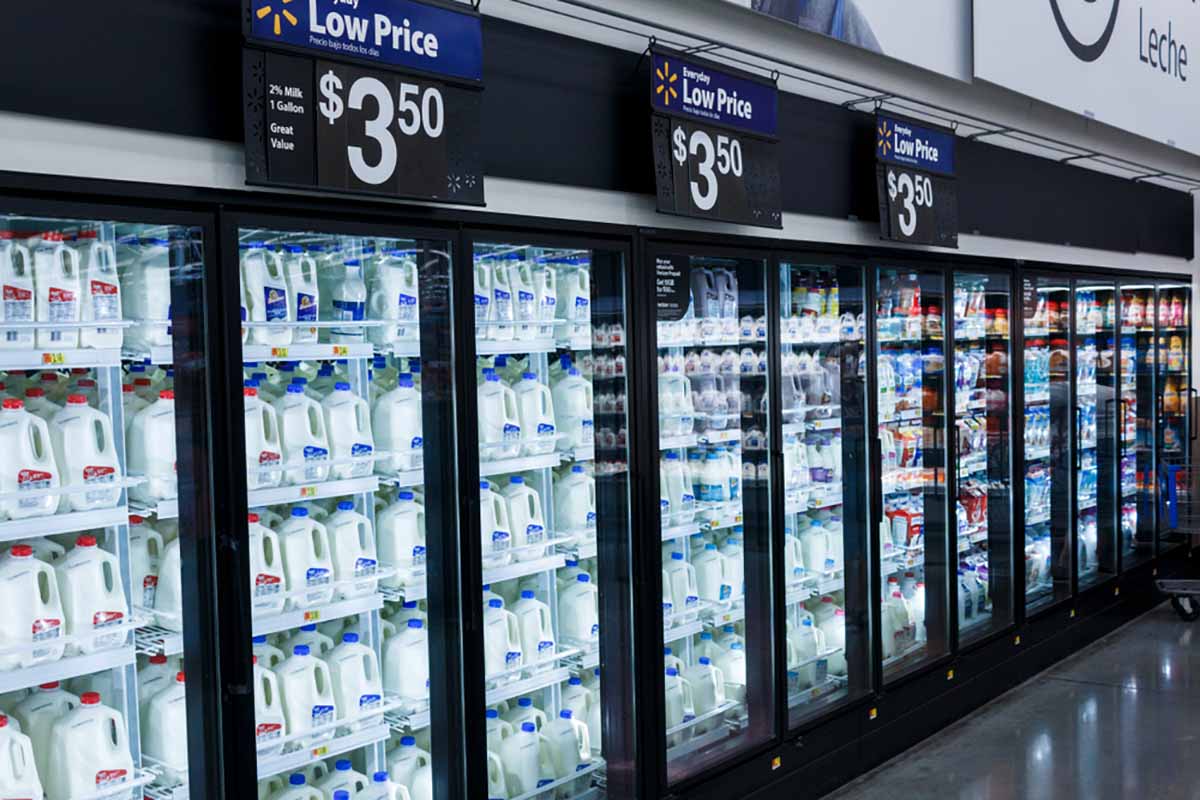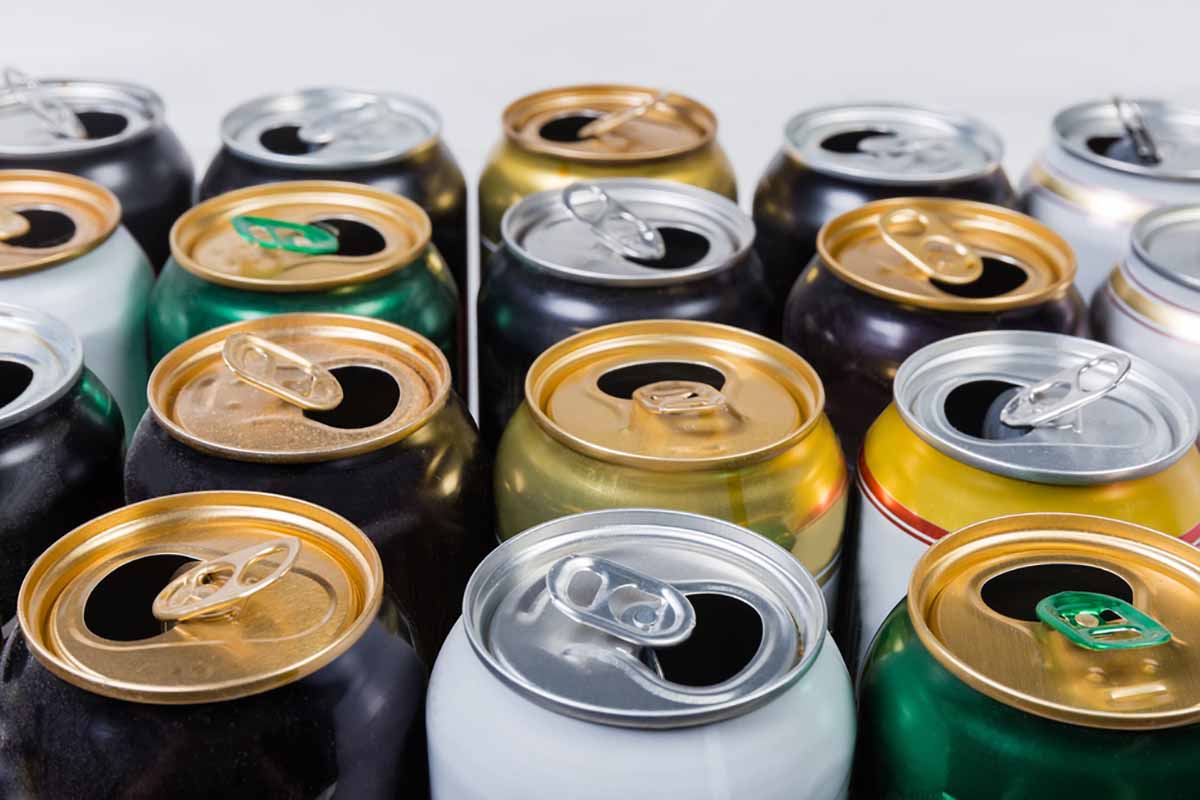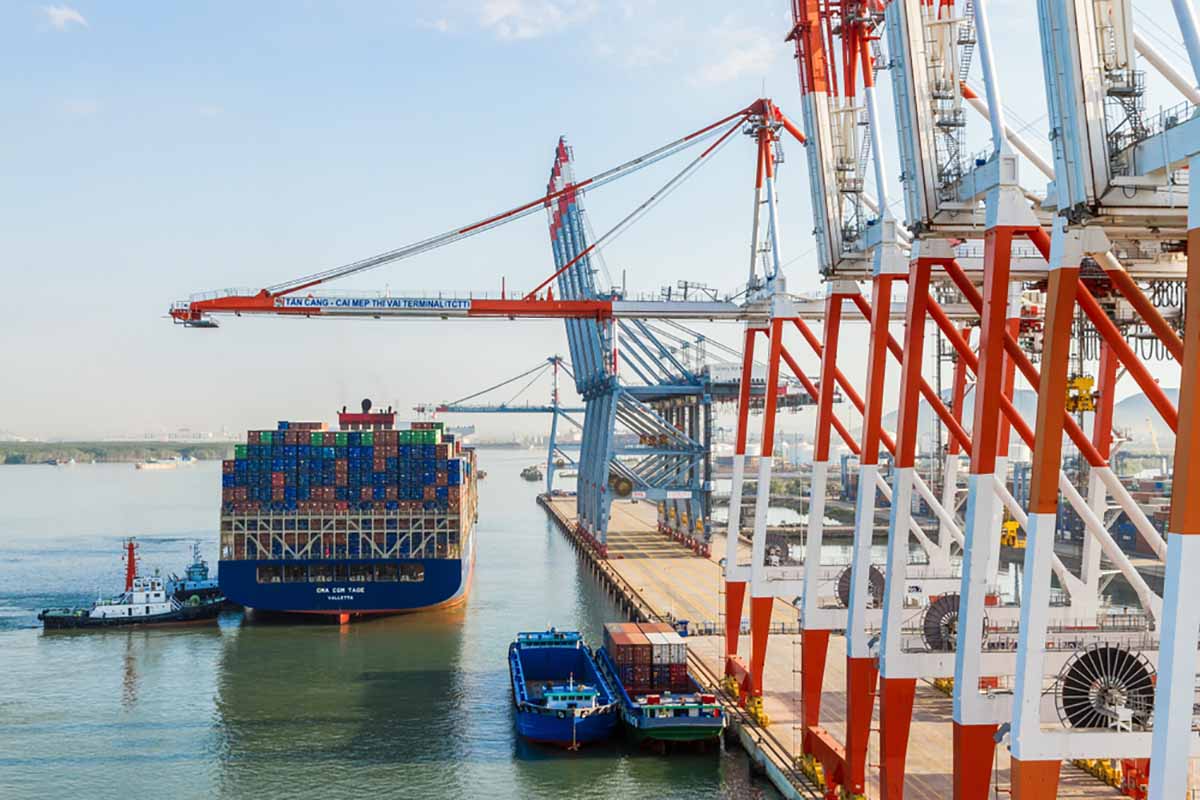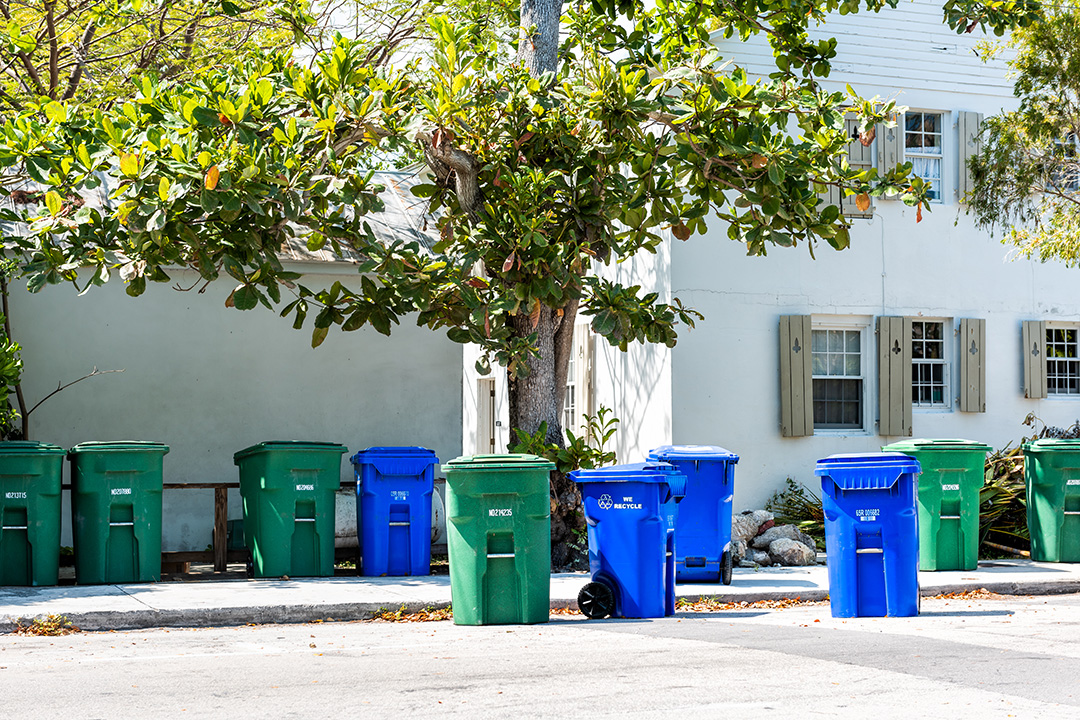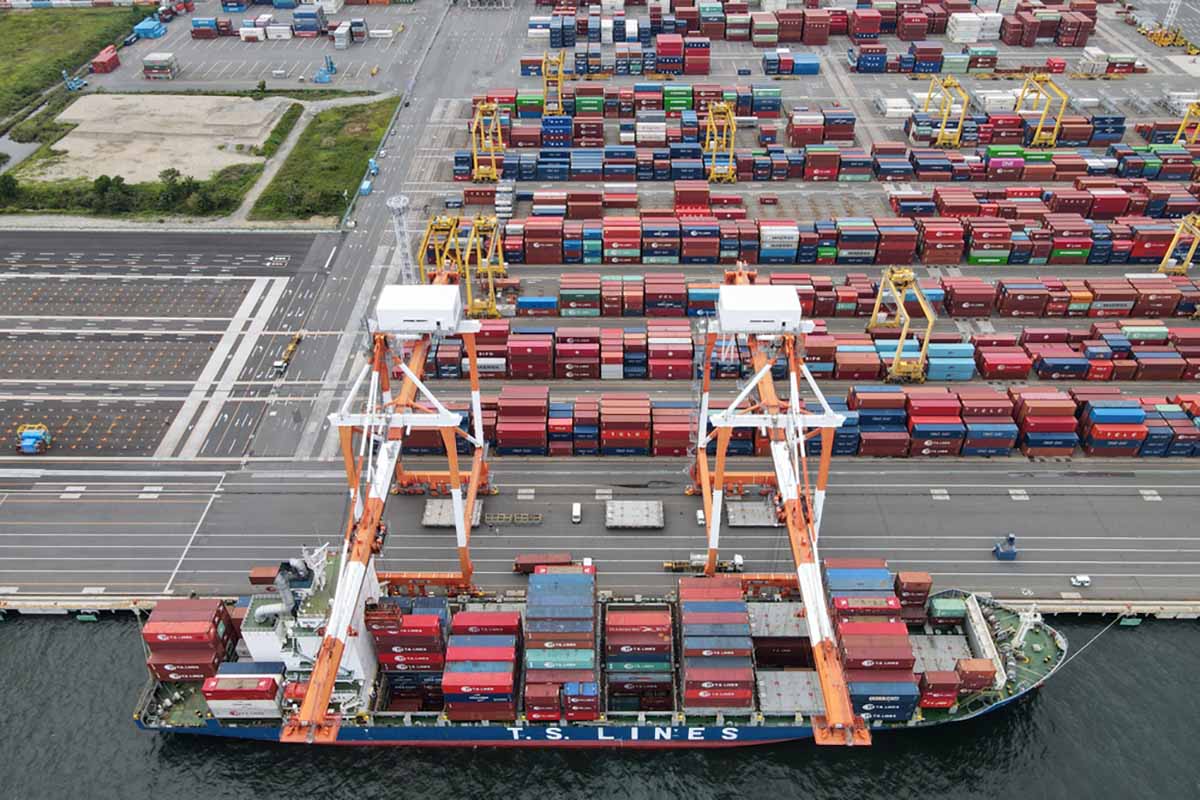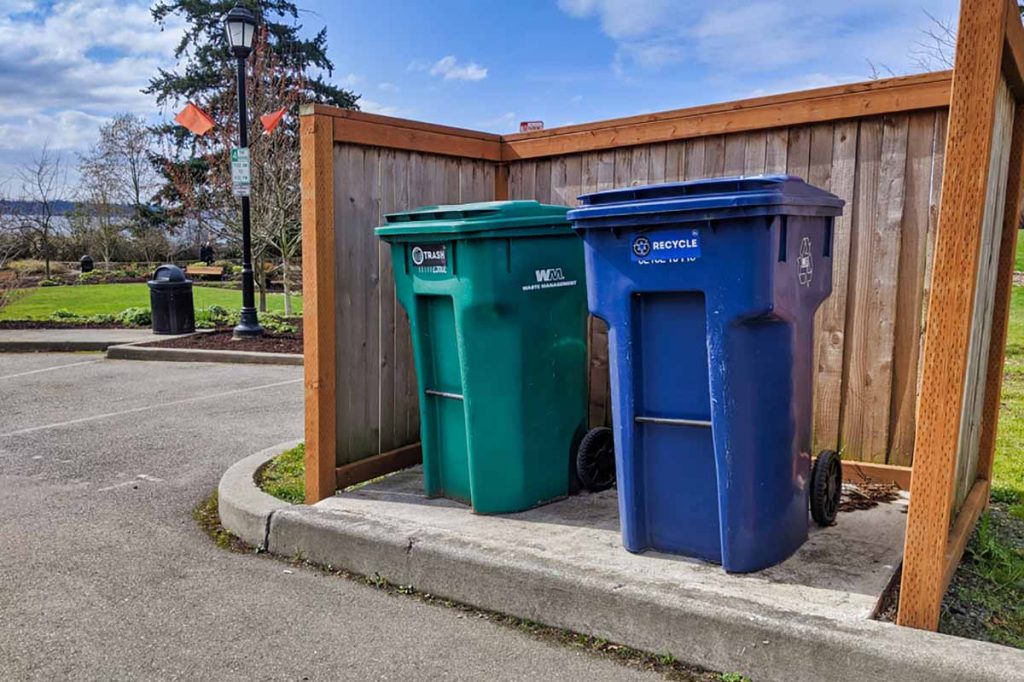
Recently released data shows that a major increase in MSW generation outpaced modest recycling progress. | Colleen Michaels/Shutterstock
The U.S. recycling and composting rate took a significant dive in 2018, falling from 35% to 32%, according to new figures from the federal government. The drop was partially due to a change in how the rate was calculated.


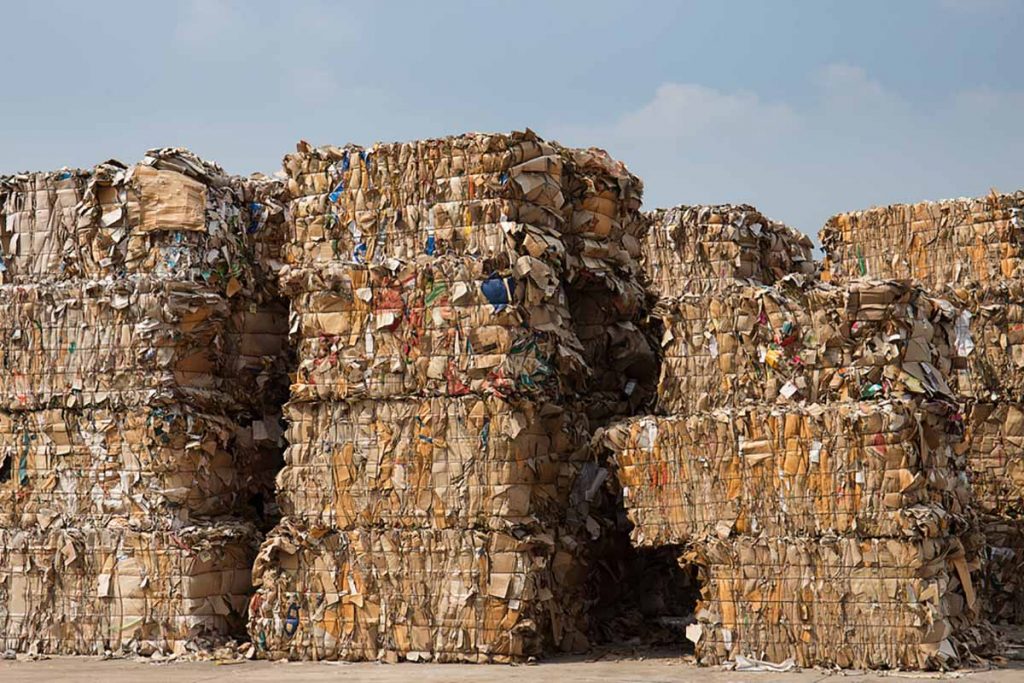
 The average price of mixed-paper bales jumped up by 21% this month, and natural HDPE has notched another record value.
The average price of mixed-paper bales jumped up by 21% this month, and natural HDPE has notched another record value.